For example, please note that the official specification for the
Stars and Stripes and some sub-national flags (as
in the examples illustrated above) require: Cable No. 70180. Old Glory Red, Cable No. 70001, White and Cable No. 70075, Old Glory Blue. 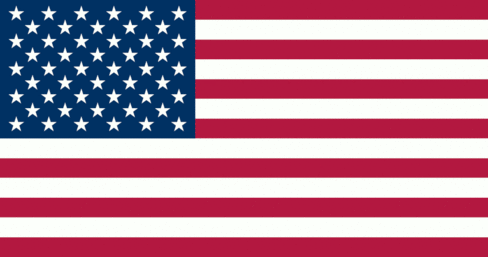
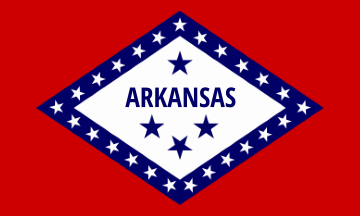
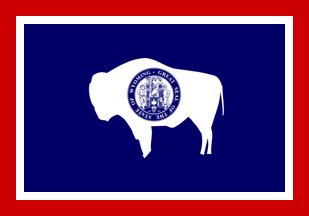
US National Flag and Flags of the
State of Arkansas, and of the State of Wyoming, US


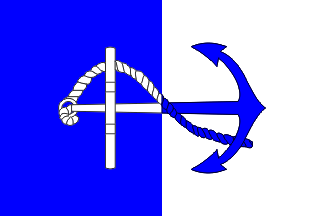
Naval Jack of Ecuador;
Flag of Melide, Switzerland;
Flag of a Port Captain, Ecuador
![[Garešnica, Croatia ]](../images/v/vx-hr-bj-ga.gif)
![[Gjesdal, Norway ]](../images/v/vx-no-11-22.gif)
![[caboshed]](../images/v/vx-de-mt.gif)
Flag of Garešnica, Croatia;
Flag of Gjesdal, Norway;
Flag of Mecklenburgische Seenplatte, Germany
Please note however, that the form these marks take may vary from country to country – for example – the cadency label is used on several British royal banners in deference to (although not in strict accordance with) English heraldic practice, whilst traditional Scottish heraldry is more likely to employ a bordure and other European traditions may change the colour of a charge. It is suggested therefore, that a suitable glossary or heraldic dictionary be consulted for further details (see also armorial bearings, bordure, coat of arms, label 2) and shield).
![[cadency marks]](../images/v/vx-markscad.gif)
The cadency marks of the 1st to the 6th son in English heraldry (Parker)
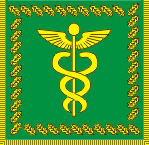
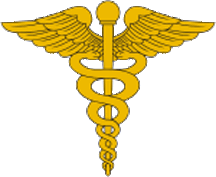

Flag of the Head of State Tax Administration, Ukraine;
Emblem of the Army Medical Corps, US (source);
Customs Flag, Belarus
Please note that this should not be confused with the Staff of Asclepius as referenced above, which has only one snake on an unadorned staff and is symbolic of the medical profession.
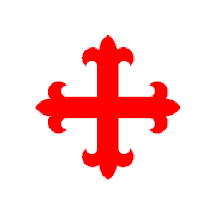
Flag used in Manzanares Medieval Days, Spain
Notes
a) The current international call sign is
made up of two letters identifying the country of registration and additional
flags identifying the particular ship – but see make her number.
b) Most navies also prescribe tactical call
signs according to their own naval signal codes and which is used intra-service
for operational purposes. Warships also generally hoist their international call
signs at the yardarm when entering or leaving harbour (see also
yardarm).
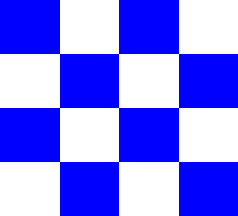


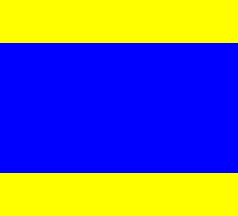
NZAD (November-Zulu-Alpha-Delta) in the International Code of Signal Flags
and the Call Sign Hoist of USS Blair

.gif)
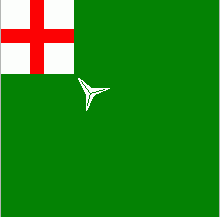
Flag and Arms of Castelo Rodrigo, Portugal;
Major's Colour Green Regiment c1642, England
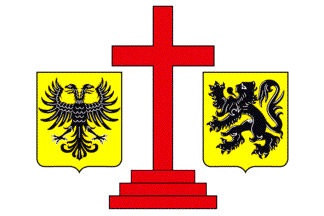
Flag of Geraardsbergen, Belgium
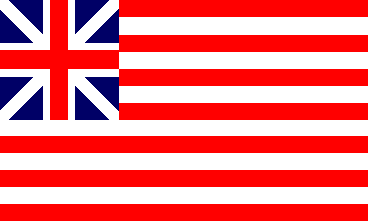
Cambridge Flag/Continental Colours 1775–1777, US

Camp/Company Colour, No 2 Company, Governor General’s Foot Guards, Canada (official website)
Please note with regard to 1) that as far as is known this term is used by the British Grenadier Guards, the Grenadier Guards of Canada and the Governor General’s Foot Guards (also Canada) in place of company colour.


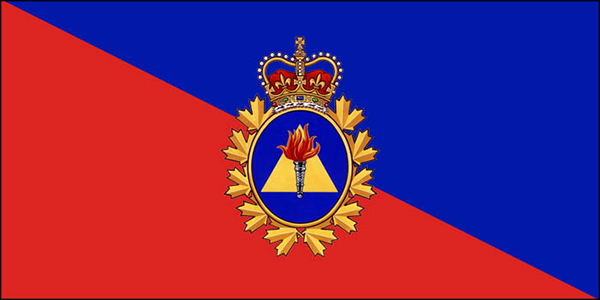
Adjutant General's Corps, UK (Graham Bartram);
Royal Regiment of Artillery, UK
(Graham Bartram); Training and Development Branch, Canada (source)
2) In heraldry a word occasionally (but incorrectly) seen in place of the English term base – see base 1) (also in base).
.gif)
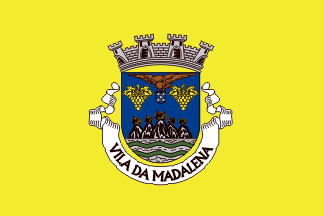
Arms and Flag of Madalena, Portugal

